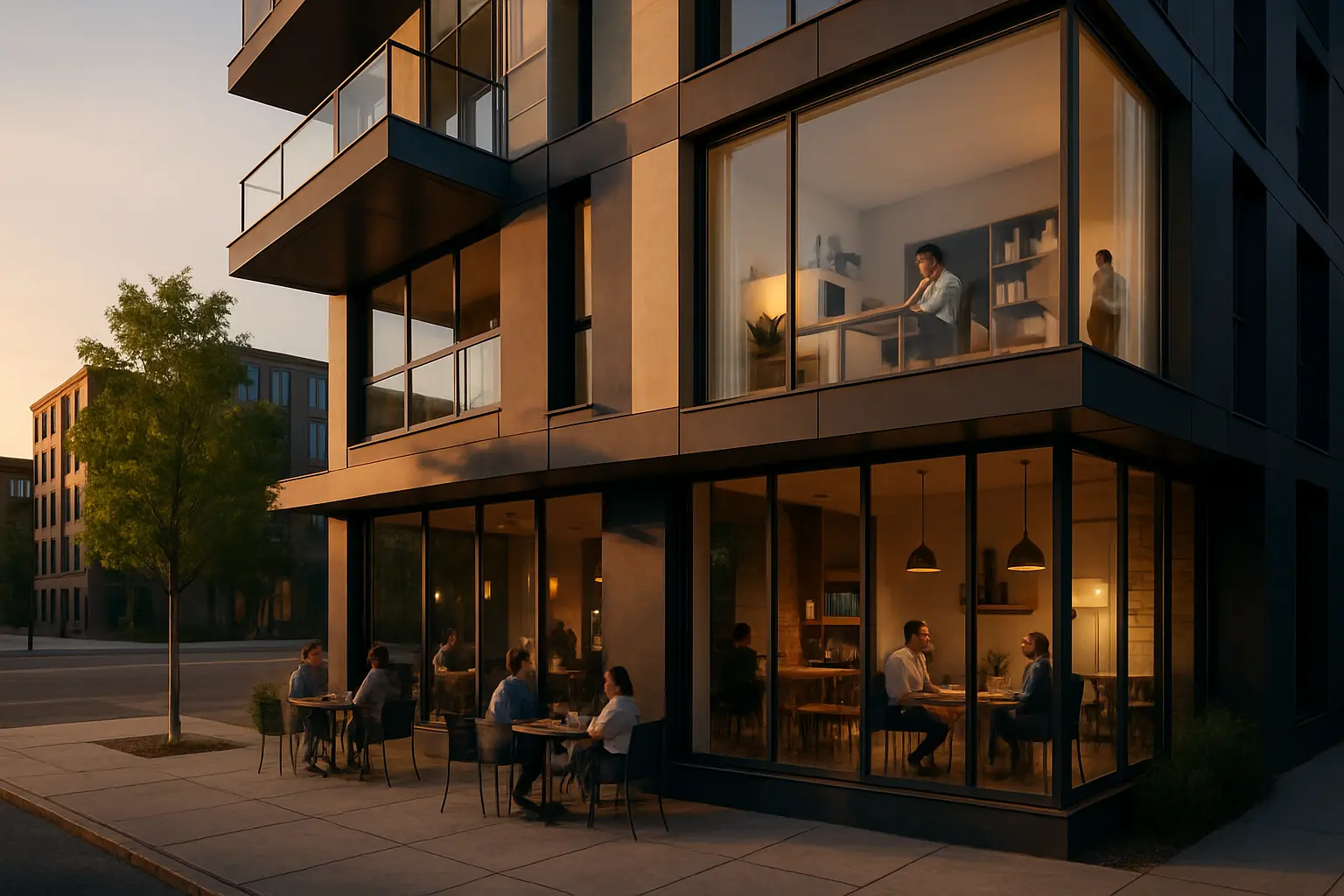Mixed-Use Magic: The Rise of Live-Work Spaces in Modern Real Estate
Discover how the fusion of residential and commercial spaces is revolutionizing property investment and lifestyle choices

The Evolution of Live-Work Properties
The concept of live-work spaces has undergone a remarkable transformation in recent years. What began as artists' lofts and shopkeeper residences has evolved into sophisticated urban solutions that cater to our increasingly flexible work culture. The pandemic has accelerated this trend, with more professionals seeking spaces that eliminate the traditional boundaries between home and office.
Modern live-work properties now encompass various configurations, from converted industrial buildings to purpose-built developments that thoughtfully integrate commercial and residential functions. These spaces are particularly appealing to entrepreneurs, freelancers, and small business owners who value the convenience and efficiency of a combined living and working environment.
Design Elements That Define Successful Mixed-Use Spaces
The success of a live-work space lies in its thoughtful design and layout. Key elements include:
- Flexible Floor Plans: Spaces that can adapt to changing needs and functions
- Separate Entrances: Distinct access points for residential and commercial areas
- Sound Isolation: Strategic use of materials and design to maintain privacy
- Natural Light: Abundant windows and open spaces to enhance both living and working areas
- Multi-functional Furniture: Solutions that serve dual purposes for space efficiency
Successful mixed-use spaces often feature zoning transitions that create natural boundaries between work and personal life while maintaining an organic flow throughout the property.
Financial Benefits and Investment Potential
Mixed-use properties offer compelling financial advantages for investors and owner-occupiers alike:
"Live-work properties typically command 15-20% higher rental yields compared to traditional single-use properties, while offering greater flexibility in terms of usage and potential income streams."
- Reduced overhead costs through shared utilities and maintenance
- Multiple revenue streams from different property uses
- Tax advantages through business use of home deductions
- Enhanced property value appreciation potential
Future-Proofing Your Real Estate Portfolio
As urban areas continue to evolve, mixed-use properties are becoming increasingly valuable assets in real estate portfolios. These properties offer:
- Adaptability: Flexible spaces that can evolve with market demands
- Sustainability: Reduced carbon footprint through combined living and working spaces
- Community Integration: Enhanced neighborhood vitality and economic development
Investors who recognize the potential of mixed-use properties are positioning themselves at the forefront of real estate innovation. These properties not only meet current market demands but are also well-aligned with future urban development trends and sustainable living practices.
Investment Considerations
When evaluating mixed-use properties, consider:
- Location and accessibility
- Local zoning regulations and restrictions
- Target market demographics
- Potential for property value appreciation
- Infrastructure and amenity requirements
The future of real estate lies in versatile, multi-functional spaces that can adapt to changing lifestyle and business needs. Mixed-use properties represent not just a trend, but a fundamental shift in how we approach property development and investment in the modern era.


